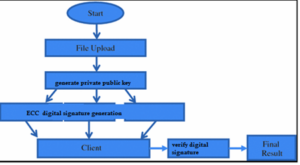The canteen automation system project is designed to select the food items from a web application with cost, time of cooking, and give rating for products. This application is designed to help students to order food items without giving orders to waiters or going to the counter and giving orders. Most of the colleges don’t have order-taking system students should directly reach the counter and give an order which is time taking process in order to solve this problem this online order-booking system is designed.
As there will be many students who will be giving orders from different departments as a web application is designed with multiple admins, each department will have one admin who will take request and process request. Another problem is best food from today’s canteen menu can be known by checking ratings given by other users based on that students can give orders. Students can also give reviews for each food item along with ratings. NLT is used to calculate the sentiment of each review by taking the yelp dataset and applying machine learning and NLTK to calculate sentiment and store it in the database.
Proposed system:
- In the proposed system food ordering is done online and each department has its own admin who handles requests on daily basis, users can give a rating of food items which will help other students to select the food item from the list. Sentiment analysis using Yelp data set and NLTK and Machine learning are used to store the sentiment of each review given by the student.
Advantages:
- Helps students to give orders from any location inside the campus and save time by reaching the canteen based on the given cooking time from the application.
- Sentiment analysis is done for reviews using NLTK and Machine Learning. Sentiment and Rating are useful for students to select food items.
SOFTWARE REQUIREMENTS:
Operating system: Windows XP/7/10
- Coding Language: Html, JavaScript,
- Development Kit: Flask Framework
- Database: MySQL
- Dataset: YELP
- IDE: Anaconda prompt

